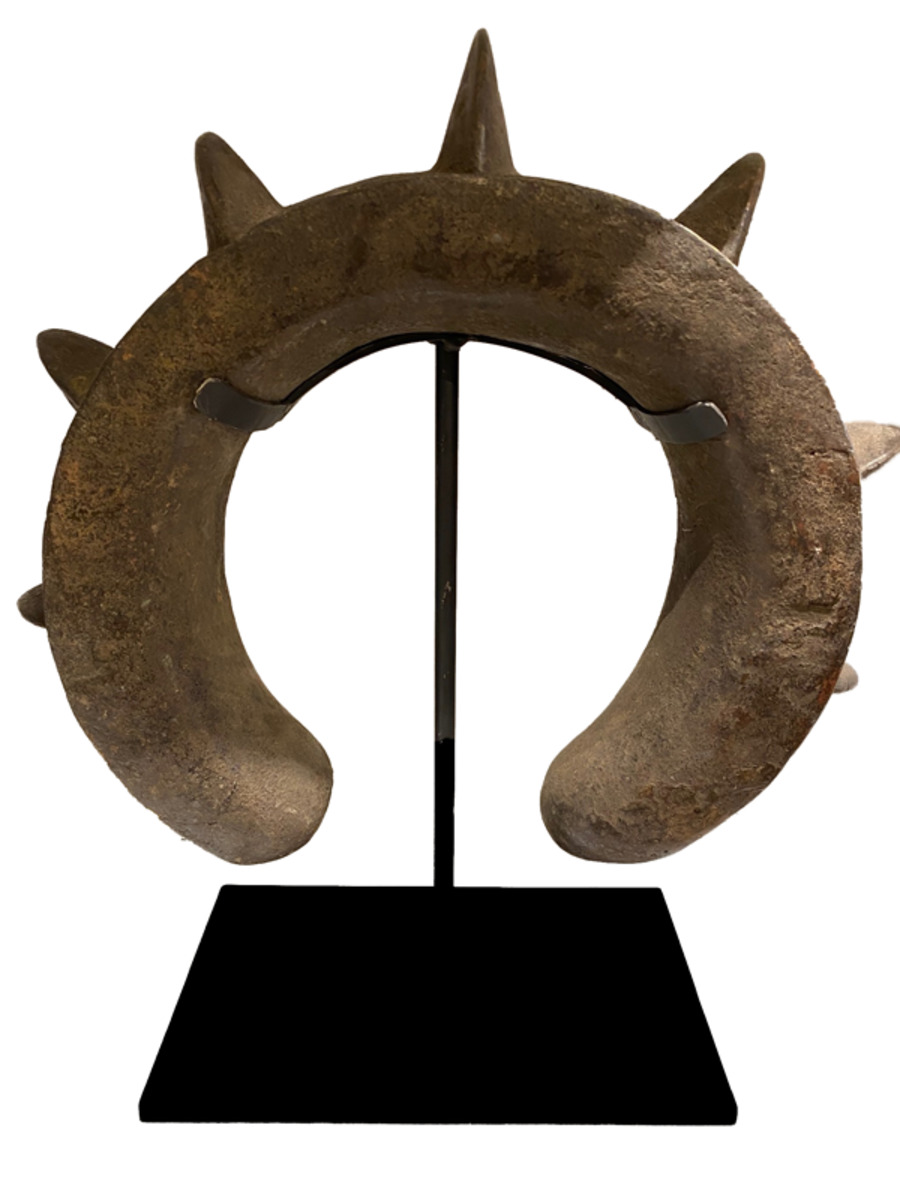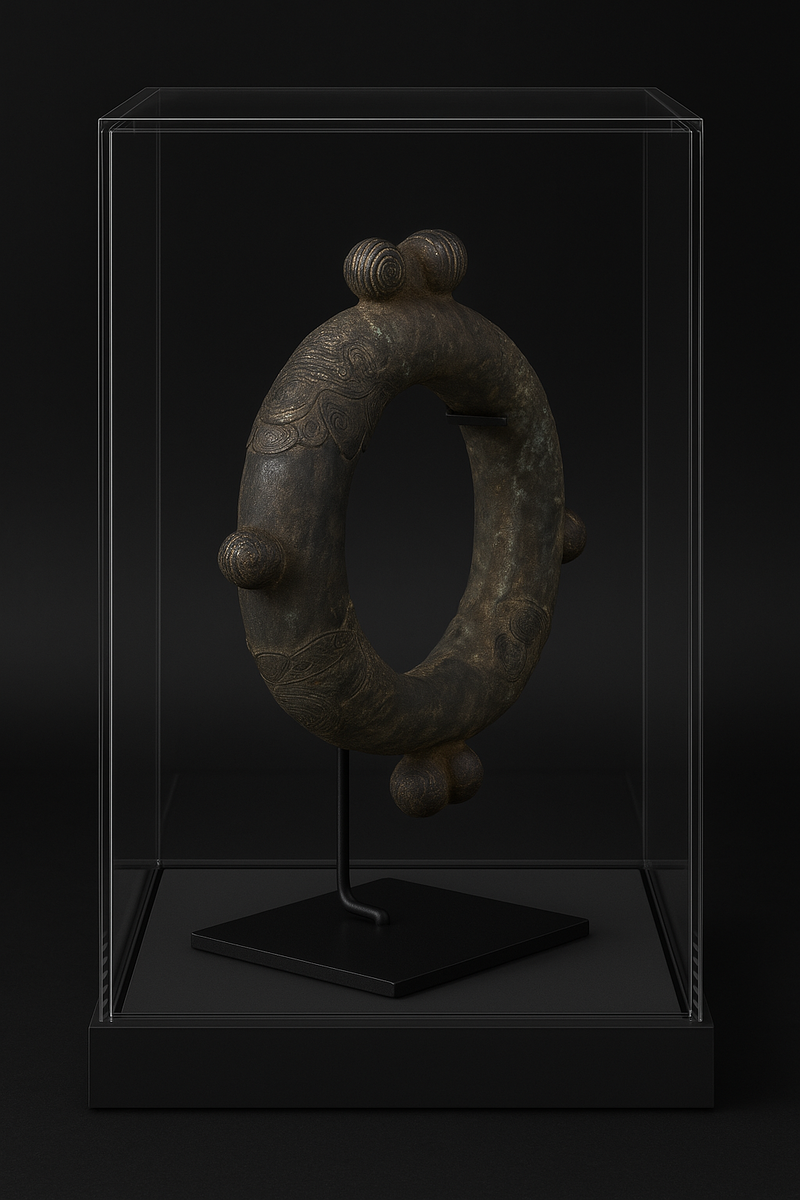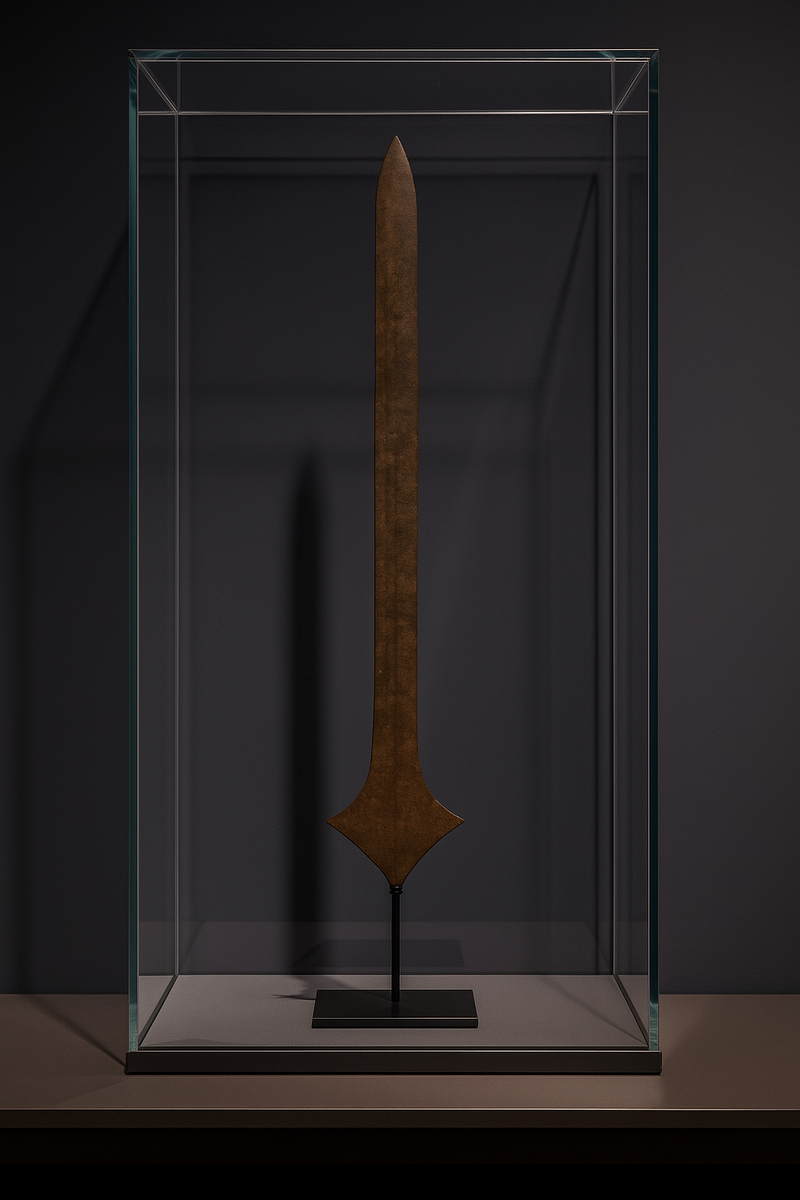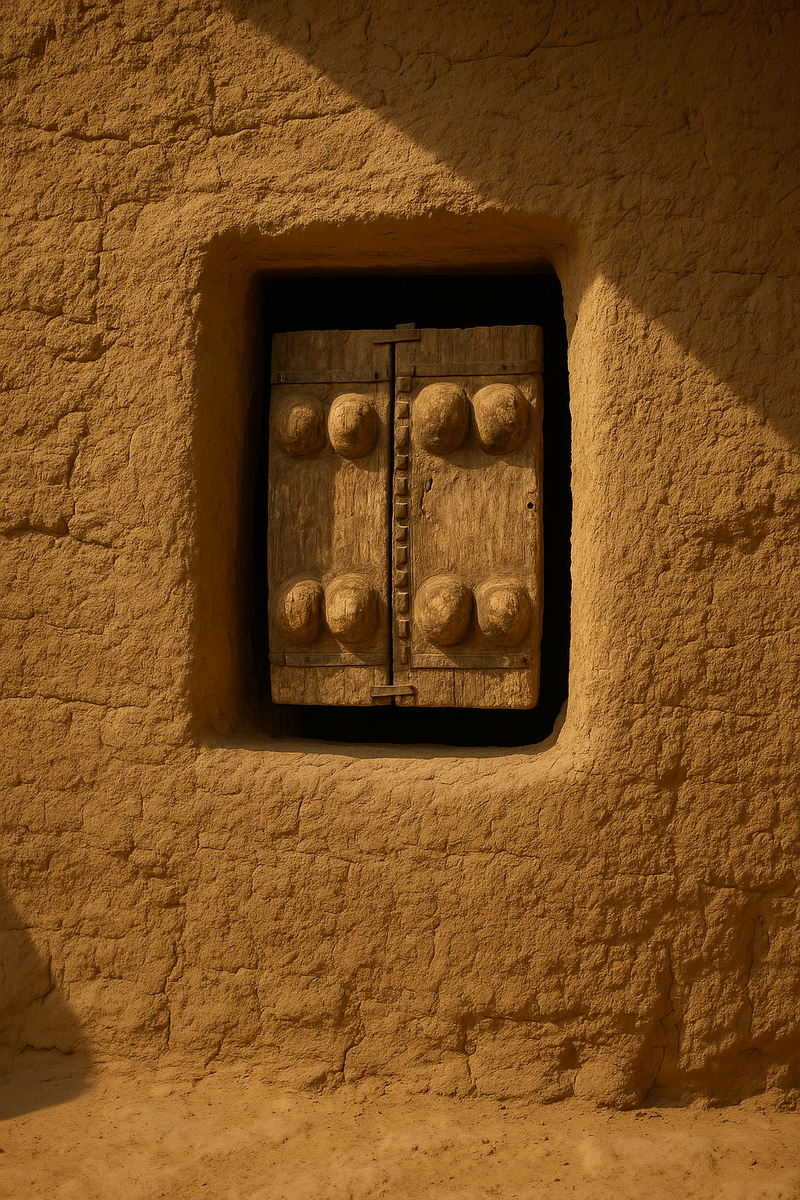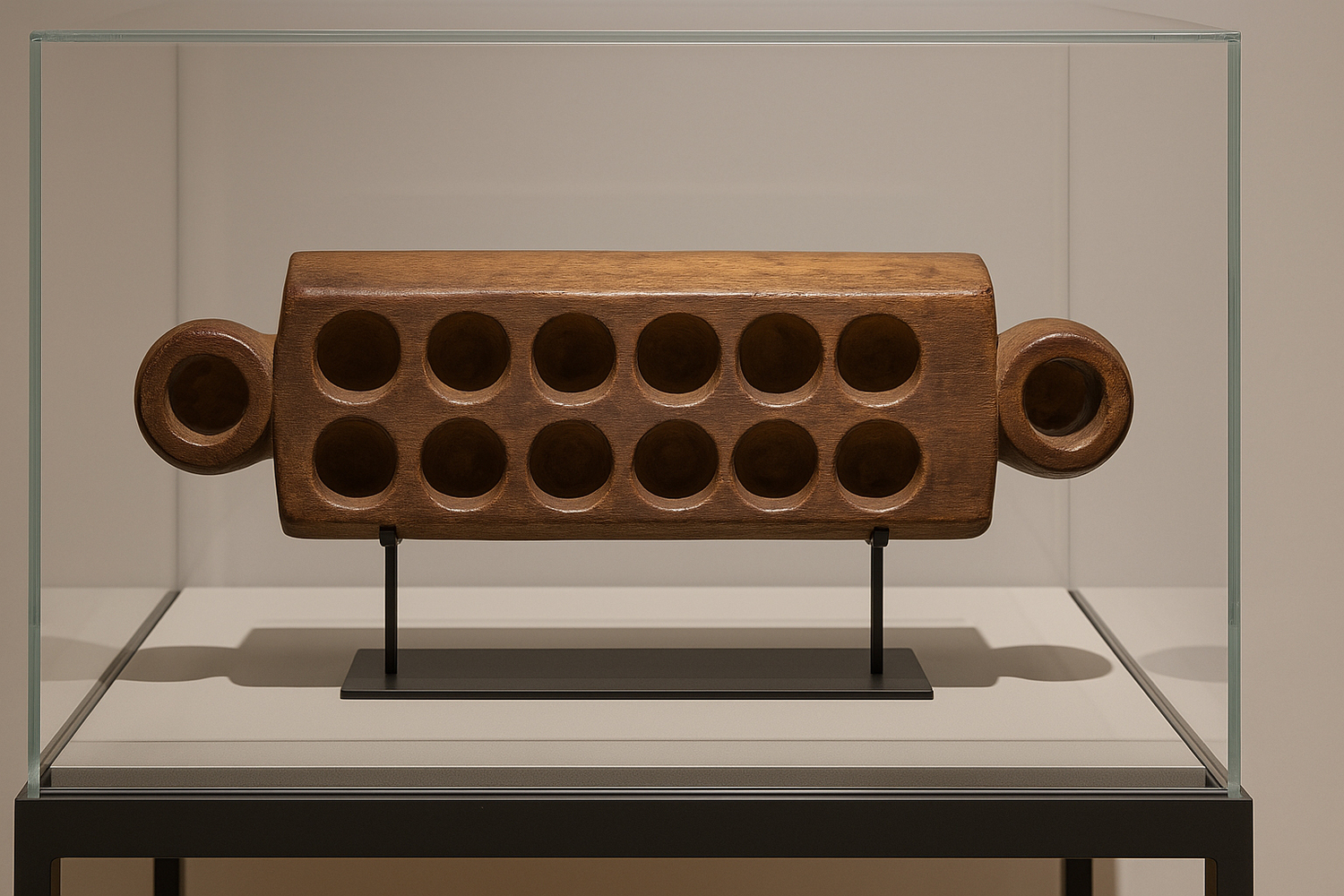Description
This exceptional example of traditional African currency originates from the Kota people of what is now the Republic of the Congo. Cast in solid bronze, the piece assumes a distinctive torque-like form, characterized by its bold, crescent shape and projecting ridges that endow it with a commanding sculptural presence. Its unusual form and weight distinguish it within the typology of Central African metal currencies.
Among the Kota and other ethnic groups of Central Africa, such bronze objects served multiple purposes beyond commerce. Known as prestige currency or ceremonial wealth, these artifacts were primarily used in high-value exchanges such as dowry payments, political alliances, or the acquisition of land or livestock. Their size and intricate forms signaled both material wealth and social power, often retained as family heirlooms or status symbols.
This torque’s form—powerfully curved and segmented by ridged protrusions—carries visual and symbolic strength, possibly referencing protection or the cyclical nature of wealth and inheritance. These pieces were frequently displayed during important ceremonies or used in negotiations overseen by elders and chiefs, reinforcing their significance as instruments of both economic and social authority.
Collected around 1960, during a period of political transformation as Congo approached independence from Belgian colonial rule, this object is emblematic of enduring traditional structures amid shifting national identity. It reflects the artistic sophistication and metallurgical skill of the Kota people, who are also renowned for their reliquary guardian figures.


